Northrop Grumman’s Extra-Large Underwater Vehicle Undergoes Testing
A large, animal-like uncrewed underwater vehicle (UUV) known as the Manta Ray has been spotted maneuvering off the California coast in new footage captured during testing. The emergence of advanced sea drones is reshaping naval combat, particularly in Eastern Europe, where Ukrainian forces are effectively using smaller, more affordable tech to sink prized Russian ships.
The Manta Ray, developed by Northrop Grumman, features an almond-shaped body, rounded nose, horizontal fins, and a vertical tail. While its exact dimensions remain undisclosed, the UUV is considered “extra large” in military terms, dwarfing nearby people and boats in the 360-degree video, reports Axios.
One notable aspect of the Manta Ray is its modular design, allowing for easy disassembly and reassembly in the field. The prototype was shipped cross-country in pieces for at-sea assessments earlier this year. In the clip, the vessel can be seen gliding through the water, dipping below the waves, and resurfacing with minimal wake.
DARPA’s Manta Ray Program Aims for Autonomous Undersea Operations
The Defense Advanced Research Projects Agency (DARPA) launched the Manta Ray program in 2020 to develop undersea machinery capable of working extended hours and traveling extreme distances with minimal human contact. Northrop and PacMar Technologies were selected to design preliminary versions of the UUV.
Northrop showcased its completed prototype during the Sea-Air-Space defense conference in National Harbor, Maryland, with initial images being relatively spartan. However, evaluations conducted in February and March revealed “no leaks or ground faults or other build issues,” according to a Northrop engineer who spoke with C4ISRNET.
U.S. Navy Invests in Uncrewed Systems for Enhanced Capabilities
The U.S. Navy is increasingly relying on uncrewed systems to reduce logistical demands, enhance surveillance capabilities, and augment firepower for sailors and Marines. The service’s Navigation Plan outlines a fleet comprising approximately 373 crewed ships and 150 uncrewed vessels.
As the Manta Ray continues to undergo trials, further discussions between the Navy and DARPA are anticipated, highlighting the growing importance of autonomous underwater vehicles in modern naval operations.
DroneXL’s Take
The successful testing of the Manta Ray drone off the California coast marks a significant milestone in the development of large-scale autonomous underwater vehicles. As the U.S. Navy continues to invest in uncrewed systems, the Manta Ray’s modular design and impressive capabilities demonstrate the potential for these drones to revolutionize naval operations, from surveillance to combat support.
The Manta Ray’s success also underscores the growing importance of drones in modern warfare, as evidenced by the effective use of smaller, more affordable drones by Ukrainian forces against Russian ships. As the technology continues to advance, we can expect to see an increasing reliance on autonomous systems in naval operations worldwide, with the Manta Ray serving as a prime example of the cutting-edge capabilities being developed in this field.
Discover more from DroneXL
Subscribe to get the latest posts to your email.

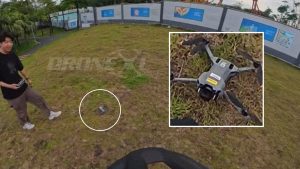

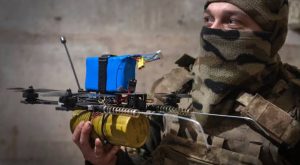
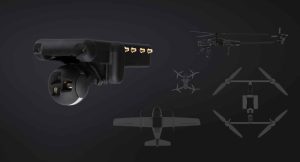
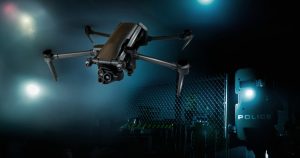


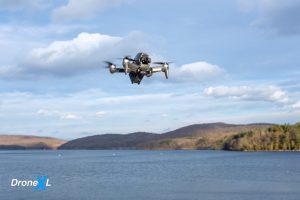
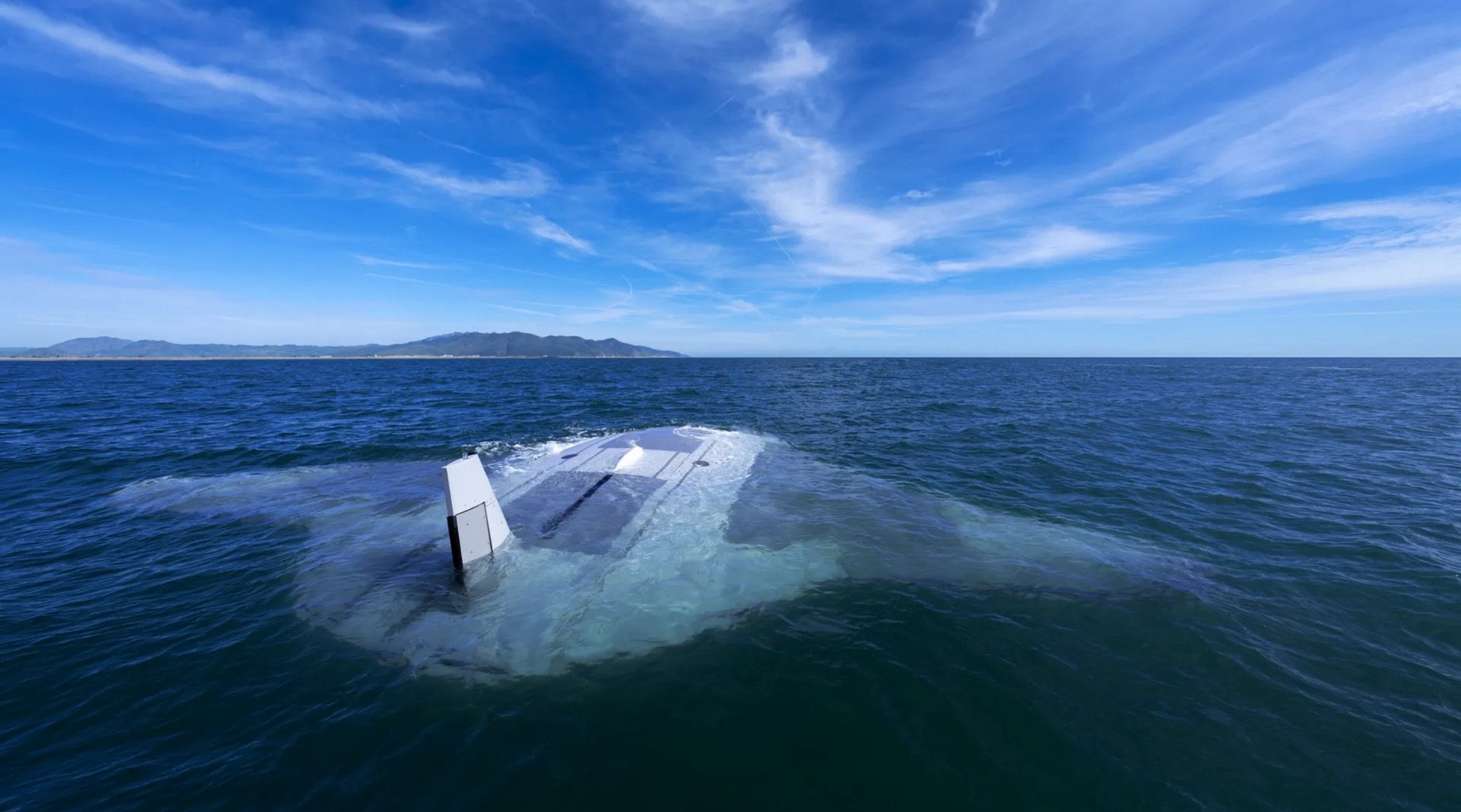



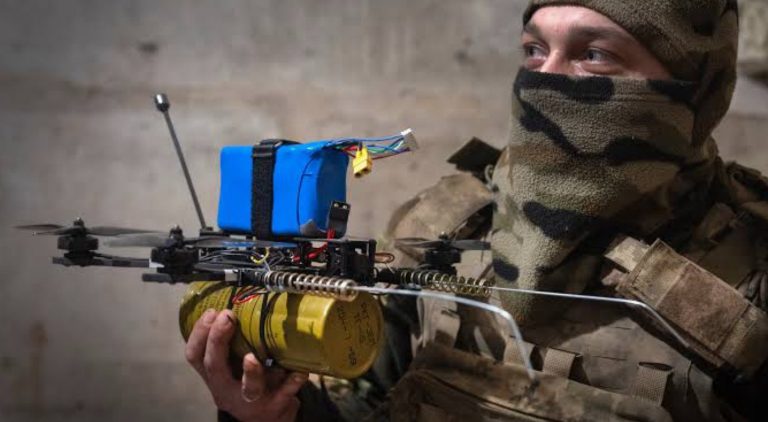
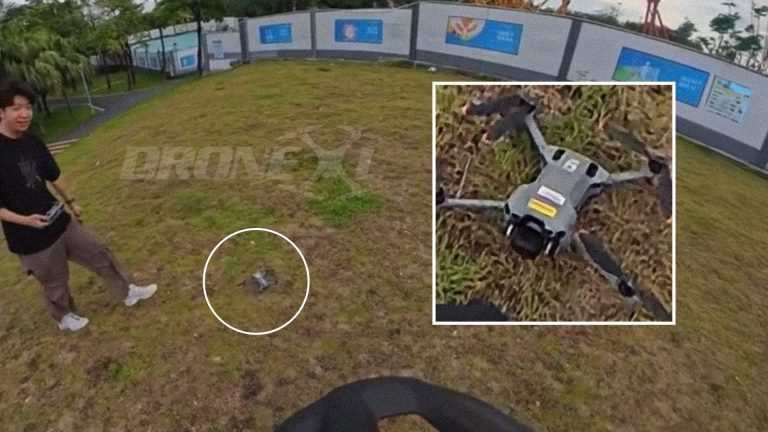


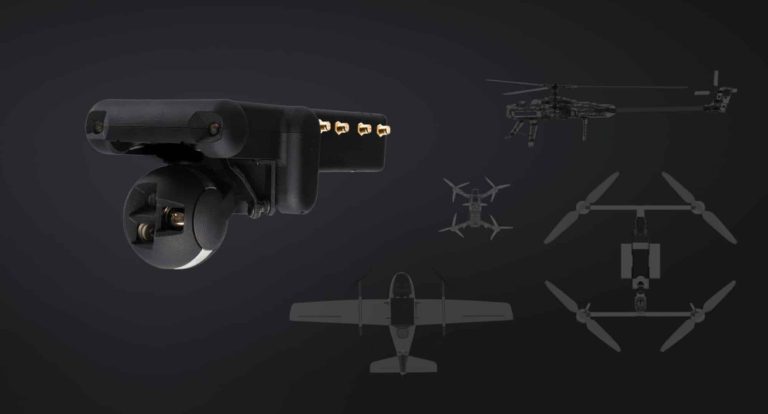
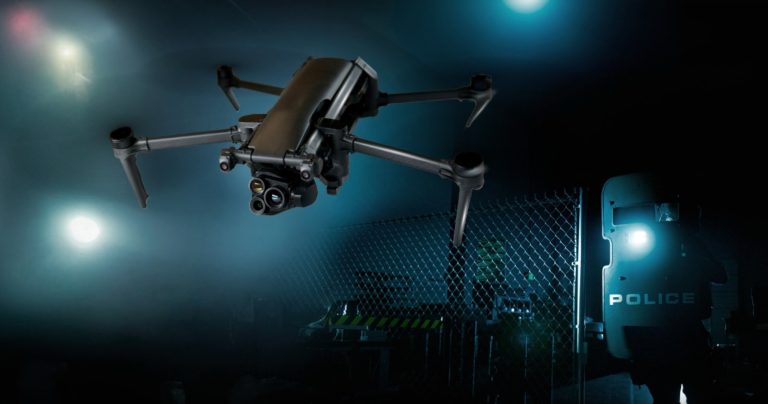
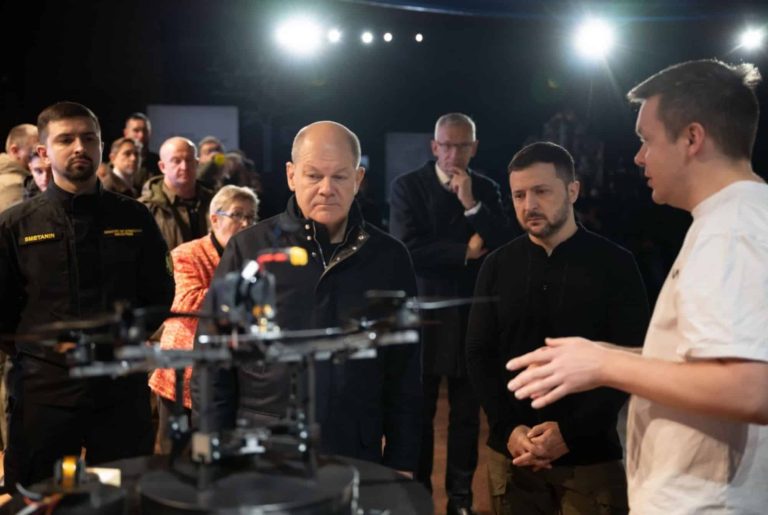
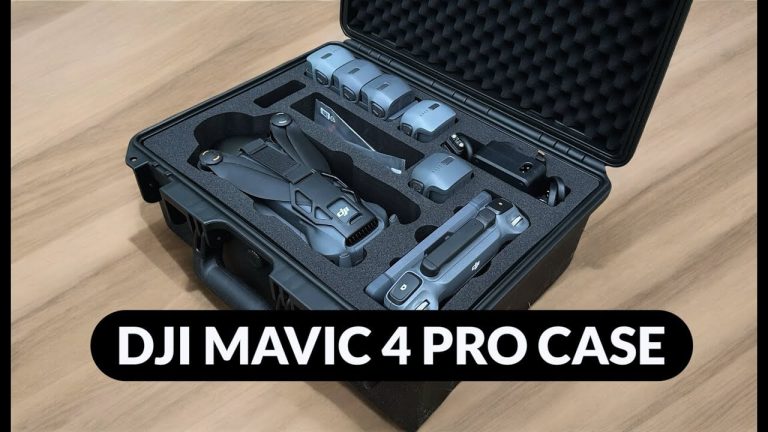
+ There are no comments
Add yours